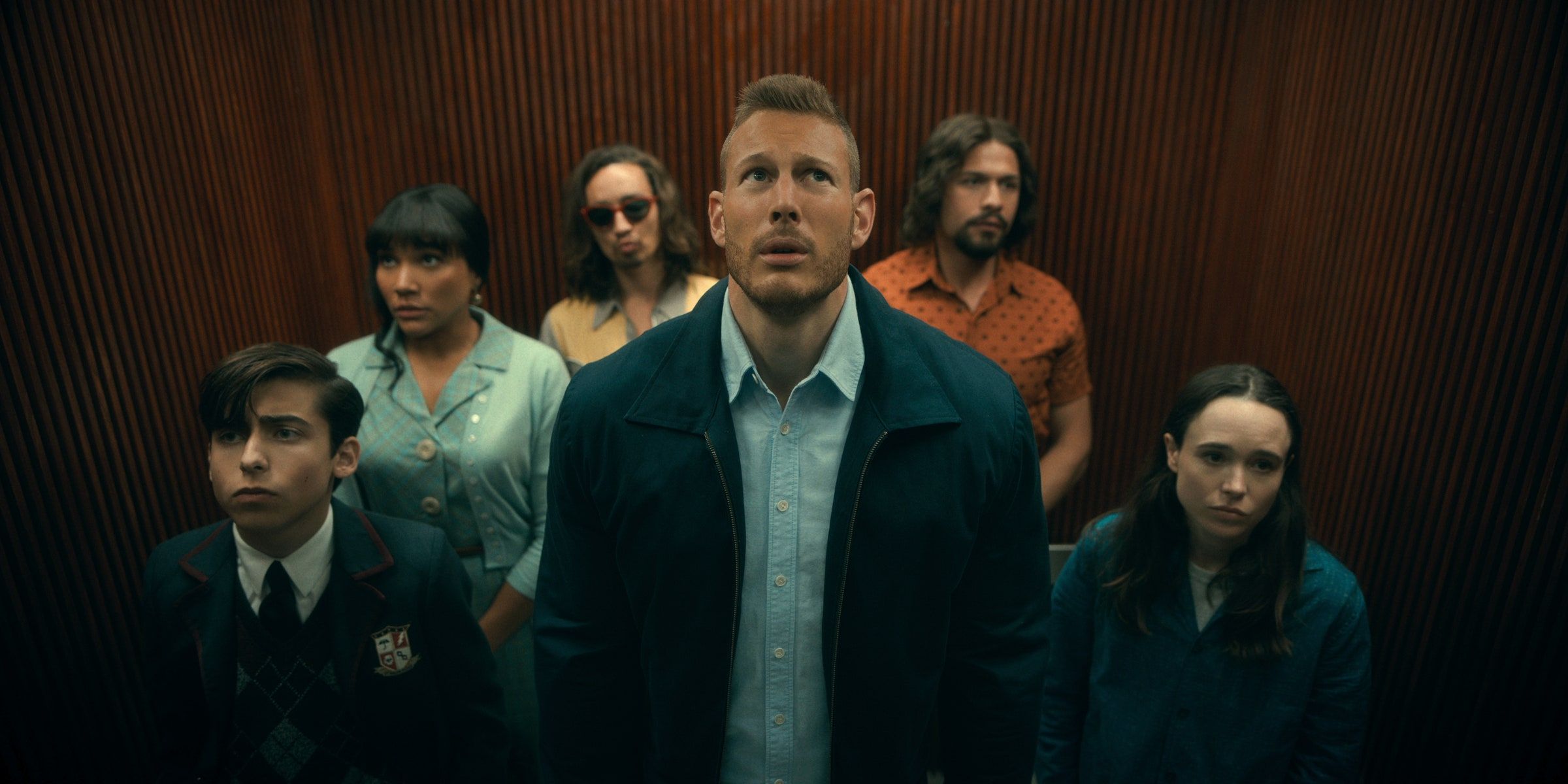Table of Contents Show
With the meteoric rise of superhero media in the past decade, there’s been a sharp increase in the number of TV shows about superheroes. The CW has its own television cinematic universe composed of DC superheroes, complete with its own multiverse. Netflix launched a set of interconnected series about the Marvel heroes “the Defenders” to good reviews, though declining excitement for later releases and Disney’s plans for Disney+ eventually killed the franchise.
These shows have proven to be a testing ground for writers and directors to play with the established conventions of live-action superhero adaptions that might be too risky to experiment with otherwise — including things taken directly from the comics. It’s a dangerous gambit, forsaking tried-and-true formulas to play with surrealism and other comic oddities. Yet The Umbrella Academy and Doom Patrol are two shows that demonstrate that it is indeed possible.
The Peculiarities Of Doom Patrol And The Umbrella Academy
Doom Patrol, first distributed through DC Universe and now through HBO Max, may have some clear differences in genre and tone from Netflix’s The Umbrella Academy, but the truth is the shows share a lot of things in common (including, ironically, their premieres — both shows began on February 15, 2019). The shows themselves have acknowledged their similarities, with the Doom Patrol twitter at one point responding to an Umbrella Academy season two promo with:
“Congrats! Here’s your annual reminder that we were here first.”
Friendly feuding aside, one thing that unites Doom Patrol and The Umbrella Academy is the fact that they are two of the stranger superhero TV shows currently in production. They’ve both played with surrealism and genre conventions and they both manage to make it work.
The Surreality Of Doom Patrol
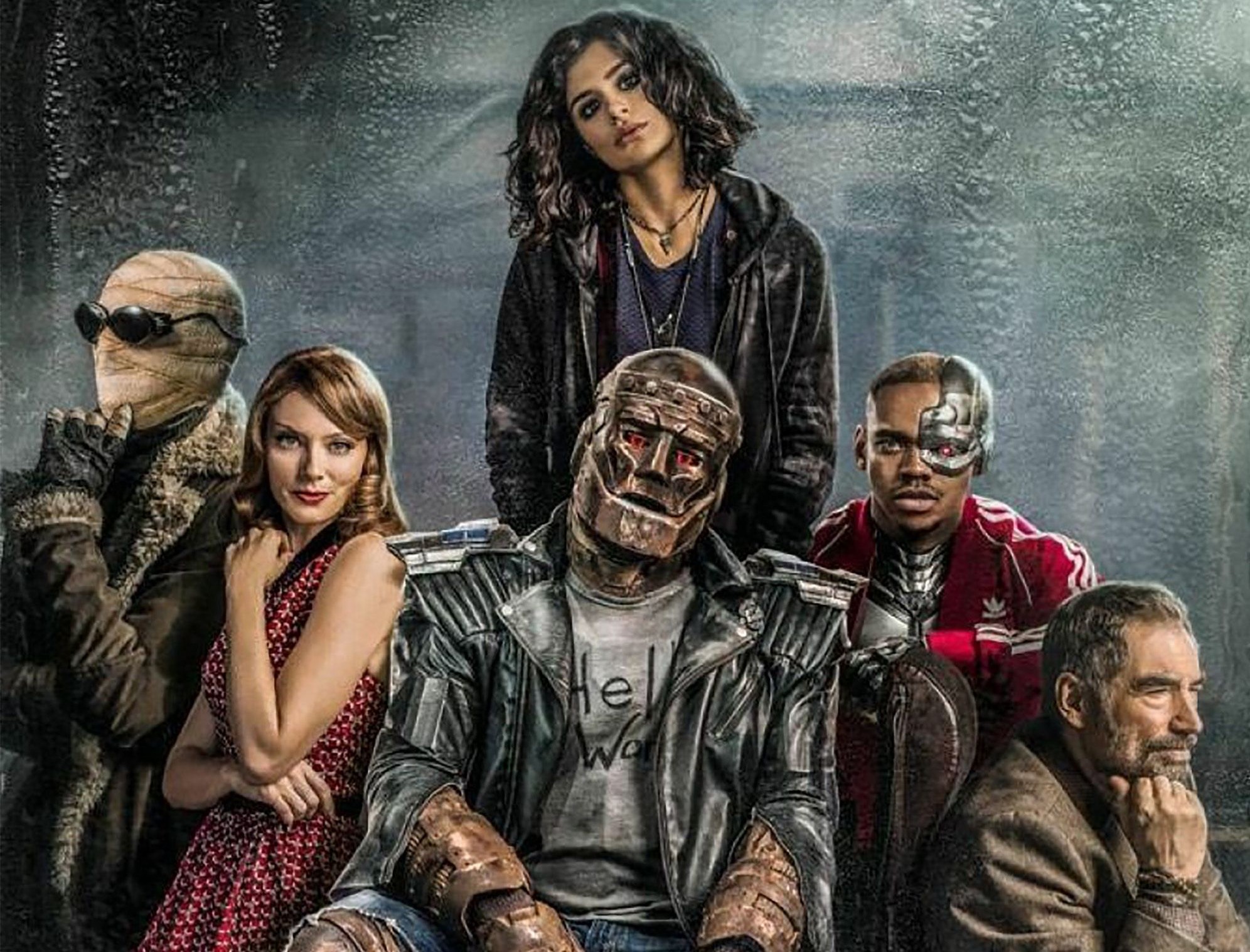
Strangeness and oddity permeate the world of Doom Patrol on nearly every level. For instance, Doom Patrol takes some implicit risks with the concepts and powers of its characters. Among the leads is Larry Trainor, who spends all his time wrapped in bandages due to the radioactive “negative energy” entity that cohabits his body. There’s also Jane. Sometimes called “Crazy Jane,” Jane has dissociative identity disorder and possesses 64 different personalities, each with their own powers. Jane, who is the current “Primary,” is the one that the viewer sees the most. Even the supporting characters are notably eccentric. One of many unusual side characters is “Danny the Street,” who is, just as his name would suggest, an actual street who just so happens to also be a fully sentient entity.
The show also has a habit of bulldozing through the fourth wall. The main villain of the first season, Mr. Nobody, appears to be fully aware that he is a character on a TV show and speaks directly to the viewer on multiple occasions. Beyond character choices and fourth wall breaks, Doom Patrol plays with setting to make the adventures strange too. One episode takes place inside the body of a donkey. Another takes place inside Jane’s mind, in her mental landscape, which is called “the Underground.”
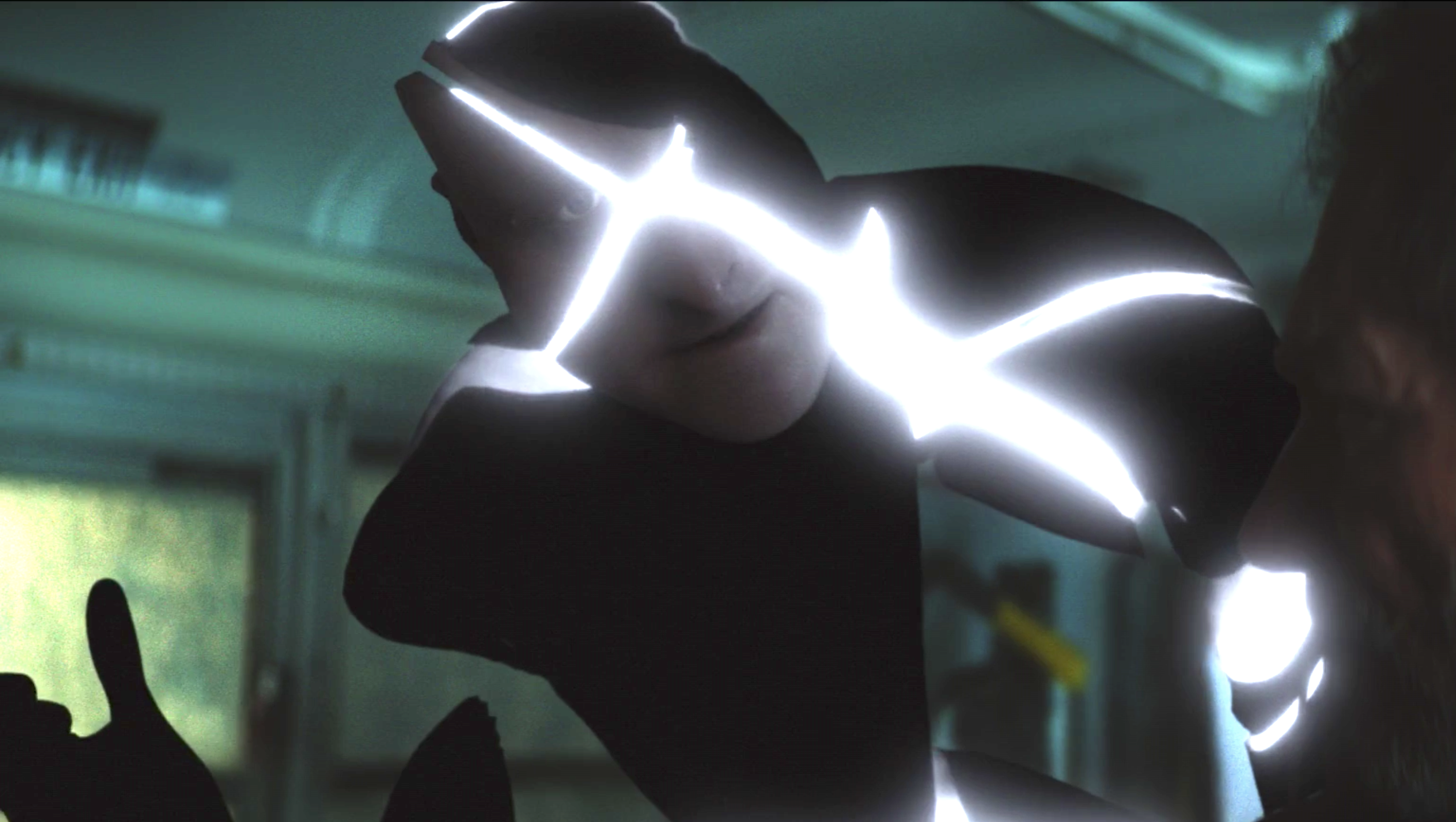
Many of Doom Patrol’s oddities are also subtle. Not every strange occurrence is immediately obvious. For instance, the show goes several episodes without explaining how certain characters, such as Rita Farr (a Hollywood starlet from the fifties) and Jane (who is seen partying in the seventies in flashbacks) are still alive in the twenty-first century, seemingly untouched by age. This is not an oversight by the writers, as there is indeed an explanation, but the show saves it for later and gives little acknowledgment to it early on.
The Umbrella Academy: A World Offbeat
The Umbrella Academy arguably isn’t as blatantly or playfully weird as Doom Patrol. Doom Patrol knows that it’s playing with its viewers and leverages that to its advantage. In The Umbrella Academy, perhaps in part because it does not utilize fourth wall breakage the way that Doom Patrol does, the strangeness is part of day-to-day life and rarely acknowledged for what it is: weird.
Some of the strange details are small, such as the asynchronous technology and the persistent lack of cell phones despite the fact that the show is meant to be set in 2019. These are accepted with the same amount of fanfare as the large surprises, such as the intelligent chimpanzee butler, Pogo, who serves at their family estate, or their mechanical mother Grace, who seems to straddle the line between robot and AI. From subtle differences that might be easy to miss on a first watch to blatant dismissals of the expected rules of reality, the world of The Umbrella Academy is steeped in odd details that frequently go unremarked-upon.
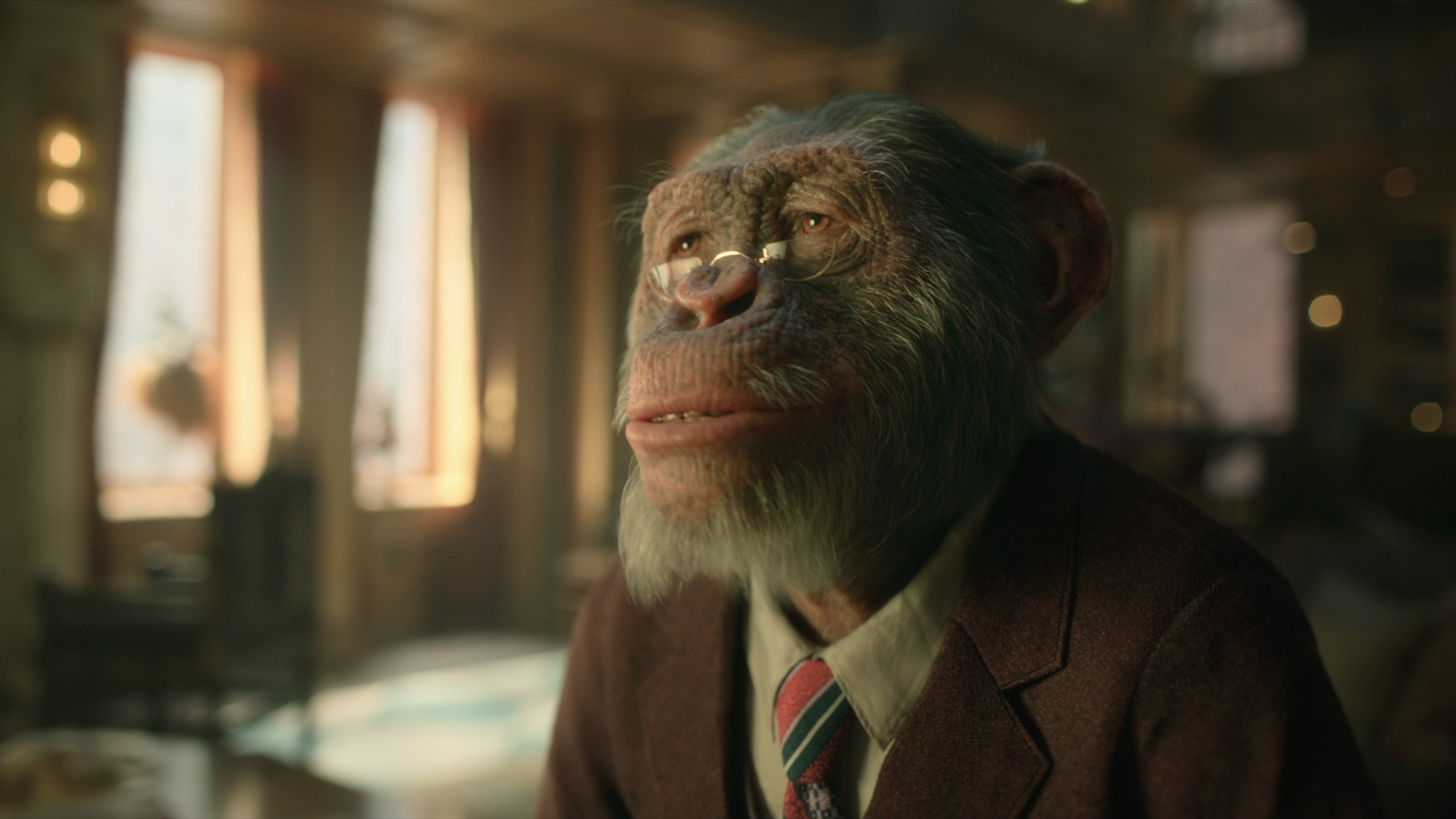
The show’s opening demonstrates that the seeming genesis of superpowers in this world was a bout of spontaneous pregnancy experienced by 43 women in 1989. Seven of these children, our protagonists, were adopted by a man known as Reginald Hargreeves for training as superheroes. Among these children is Five, who is notable for not just being one of the strangest characters of the show, but for being a narrative fulcrum whose presence ultimately pulls other surprising characters into the story as well.
With the power to manipulate space-time, Five disappeared when the siblings were children. It is later revealed that he jumped into the future, where he became stranded in the Apocalypse, and where he lived for decades until he was eventually hired as a time-traveling assassin. Now well into his fifties, Five attempts to use his abilities to return to his siblings, but an equation gone wrong leaves him stuck in his 13-year old body.
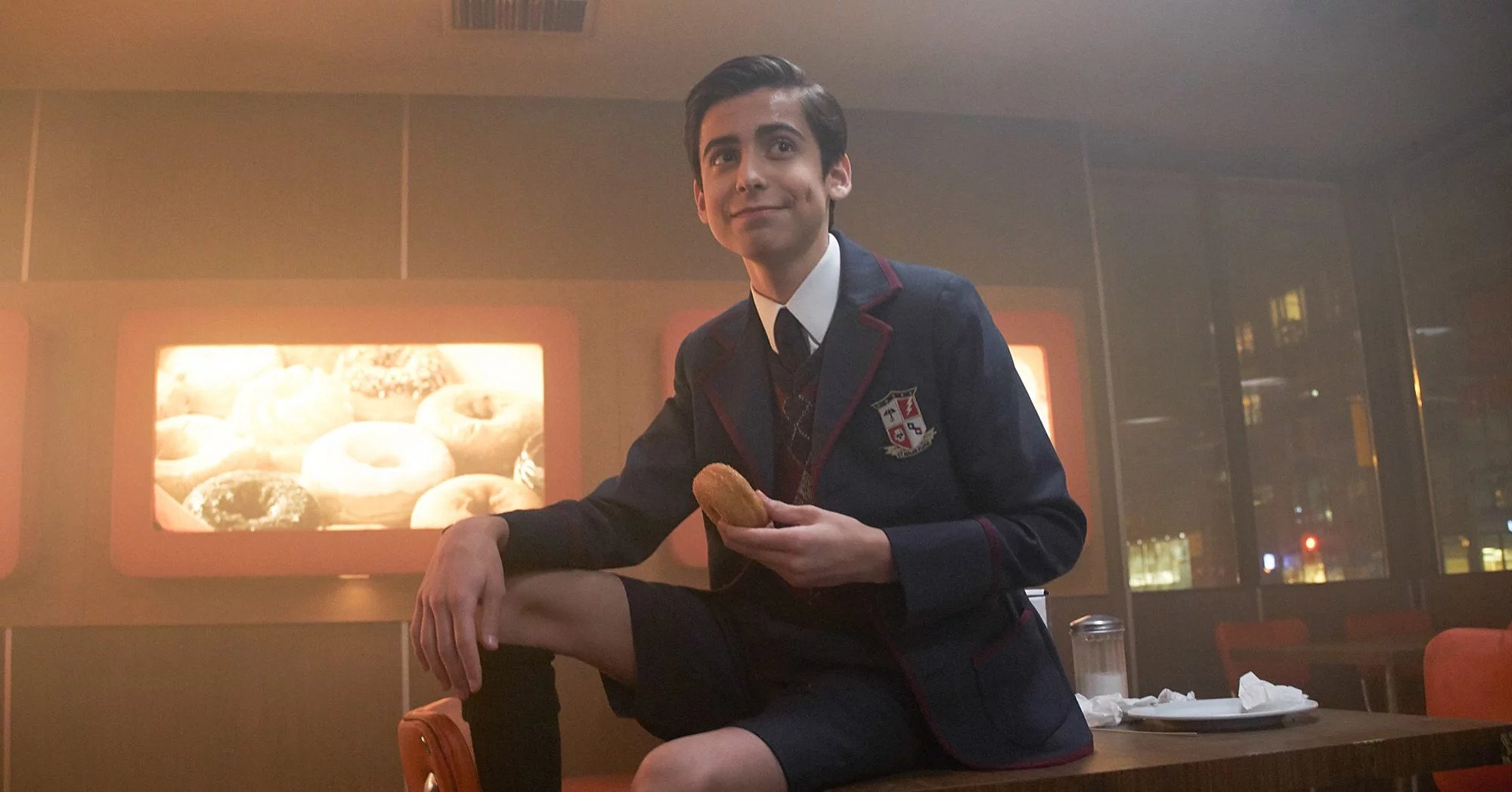
His backstory connects him to some of the other strangest characters in the show. For example, there is his ‘girlfriend’ Dolores, a mannequin from a department store that he met during the Apocalypse and carted around with him. There’s also his boss, Carmichael, who is a cigarette-smoking goldfish that lives in a tank of water attached to a human body.
Why It Works
Maybe it shouldn’t work, but it does. The Umbrella Academy and Doom Patrol have both found unprecedented success. The Umbrella Academy season two dominated Netflix’s charts, taking the #1 spot on the streaming service’s Top Ten Charts for fifteen straight days, the longest of any scripted show. The first season received mostly positive reviews, while the second season was widely acclaimed, with reviewers noting that the show improved on many of its flaws from the first season.
Doom Patrol seems to have achieved slightly less success in viewership; though how much of that is a result of a flaw in the show itself and how much is due to its placement on a streaming service with a more limited audience is uncertain. However, what it lacks in widespread viewership it makes up for in critical praise, with both seasons having an impressive 96% on Rotten Tomatoes.
Let’s Get Basic: Talented Cast
Let’s start with the shortest, easiest, and most obvious point first. Both The Umbrella Academy and Doom Patrol contain characters with unusual underlying premises, and I would be remiss in not making note of the fact that this balancing act is carried in no small part by skillful acting by the casts of their respective shows. In The Umbrella Academy, stellar performances from Justin H. Min and Robert Sheehan make the exploration of the ghostly Ben’s ability to possess people a delight to watch, even though the storyline itself is arguably one of the weaker arcs in the second season.
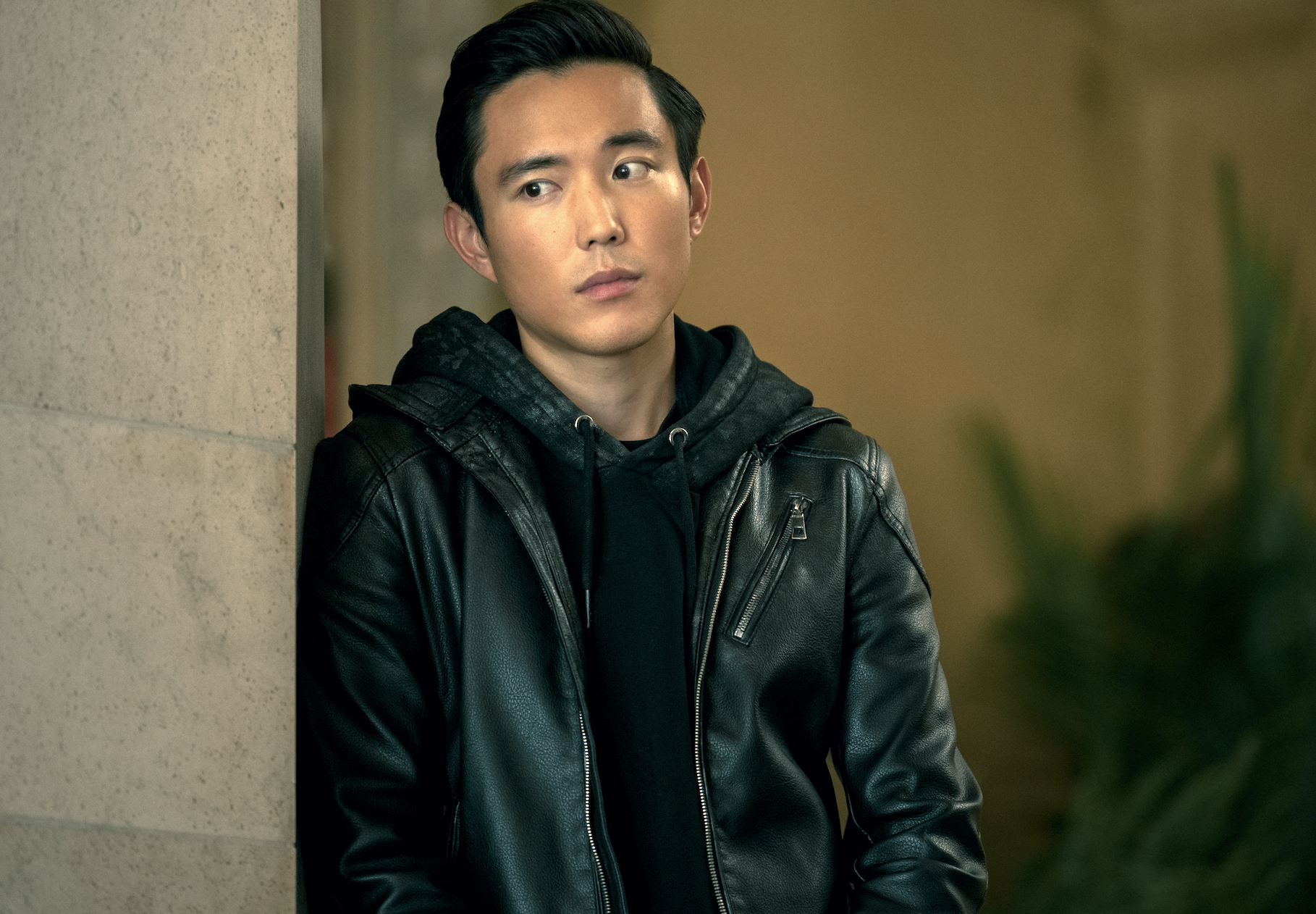
All the siblings and — in the cases of Lila Pitts and the Handler — their enemies are deftly acted. Number Five, portrayed by Aidan Gallagher, is a particularly outstanding example. As one of the most unusual characters in the show — a fifty-eight-year-old assassin in a teenage body — Gallagher manages to strike the perfect balance of beleaguered maturity and ill-temper. He drinks, he carries himself at times like a radio personality from the 1930s, and it makes him spectacularly convincing as an old man.
Doom Patrol is carried by an equally strong cast, including some recognizable names such as Matt Bomer, Brendan Fraser, and Timothy Dalton. Unusually, two of the characters, Cliff and Larry, each have two actors — one to play their voice and past selves, and one who acts as their body. While the voice/flashback actors may be the easiest to recognize, Fraser and Bomer mesh wonderfully with their respective counterparts, Riley Shanahan and Matthew Zuk. Shanahan and Zuk’s body language helps sell the emotions and at times uncomfortable physicality of the characters — a key detail in two characters who seem to feel trapped in their own bodies at times.
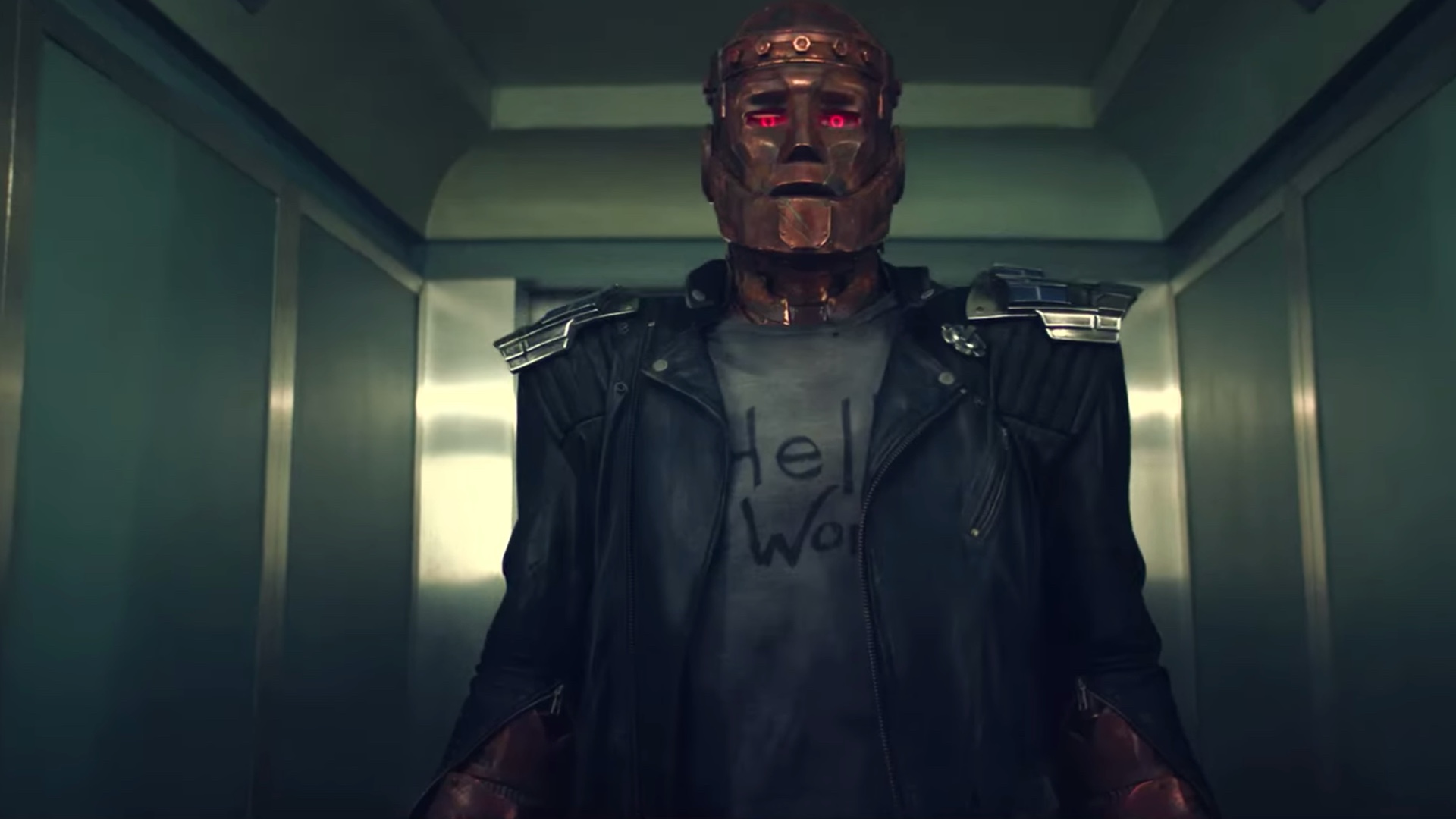
Perhaps most stunning is Diane Guerrero as Jane. Though a variety of actresses play Jane’s personalities when we peer into her mind, when they come up from the “Underground” to act in the real world, they all inhabit Jane’s physical body and are played by Guerrero. From Jane herself to the childish Baby Doll to the aggressive Hammerhead, Guerrero plays her character’s personalities with startling and moving realism.
Character-Driven Storytelling
Superhero media is often driven by characters with grand notions of justice and saving the world. Marvel’s Tony Stark is interested in developing advanced technology to protect the planet. Bruce Wayne’s vigilantism is driven by the memory of his parents’ murder. In Doom Patrol and The Umbrella Academy, though, the characters are interested in slightly smaller fish. In a genre where most stories are ultimately plot-driven, The Umbrella Academy and Doom Patrol are surprisingly character-focused.
Childhood Trauma And Its Effects In The Umbrella Academy
In The Umbrella Academy, the main cast is (largely) done with hero work by the start of the show. The show begins with their reunion at the funeral of their adoptive father, Reginald Hargreeves. Hargreeves’ treatment of his children as he attempted to mold them into a perfect team of heroes was often abusive and the way that this has affected the psyche of his children is clear.
Luther is still in denial of his father’s character, while others like Diego and Allison resent their father’s behavior. Klaus has turned to drugs, Ben has been dead for years, and Vanya — the ‘ordinary’ sibling — has low self-esteem from years of being told she is inferior to her siblings. They are all wounded in their own ways, trying to recover from their pasts, until they ultimately collide again after their father’s death.
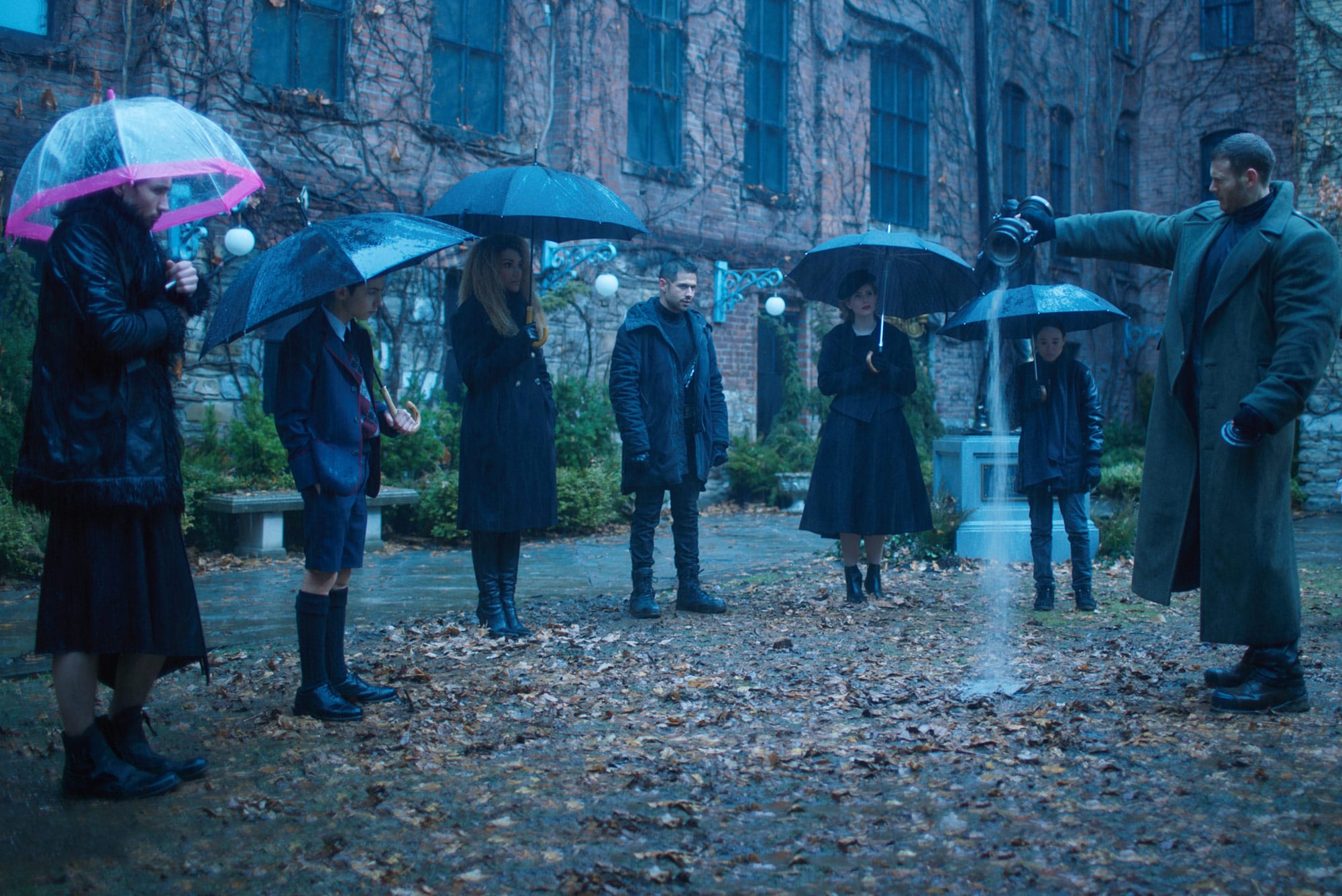
This underlies most of the things that drive the narrative forward. Vanya’s damaged self-esteem makes her susceptible to manipulation from a figure that shows her positive attention, fueling massive portions of the plot in season one. Luther, a character who makes a series of mistakes that also contribute heavily towards the climax of season one, makes these errors in large part because of a sense of responsibility and duty that was pushed upon him by his father at a young age.
Even Diego, a character who is still a vigilante at the start of the season, is largely driven forward by the aftereffects of his trauma. In fact, in the second season, he reunites with his father, who mocks his hero complex, “You fancy yourself a do-gooder? The last good man who will save us from our descent into corruption and conspiracy? This is a fantastic delusion.”
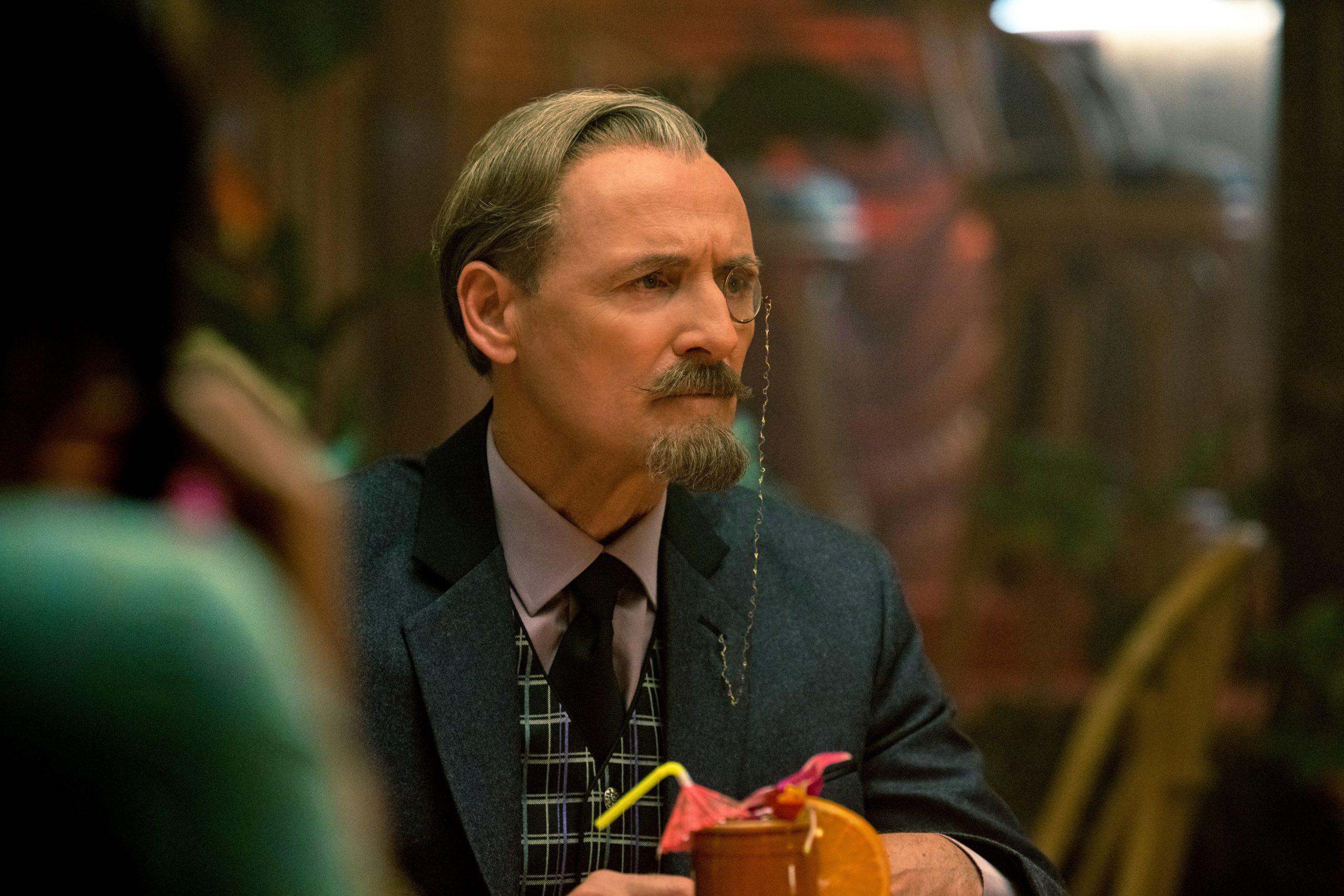
The character of Allison has the power of mind control, which she attempts to refrain from using. Later, this is revealed to be an aftereffect of the destructive impact that her powers had on her relationship with her now ex-husband Patrick and her daughter, Claire. She is motivated in large part by a desire to reunite with her daughter and prove herself independently worthy of her relationships, and of everything else in her life that she was previously able to just take.
Even the character of Five, assassin on the run who actually is actively pursuing the plot as he desperately tries to stop the Apocalypse, is largely driven by character beats. We discover that his obsession with stopping the Apocalypse is primarily rooted in his love for his family; his interest seems to be less in a greater good than in saving a group of people that is close to him.
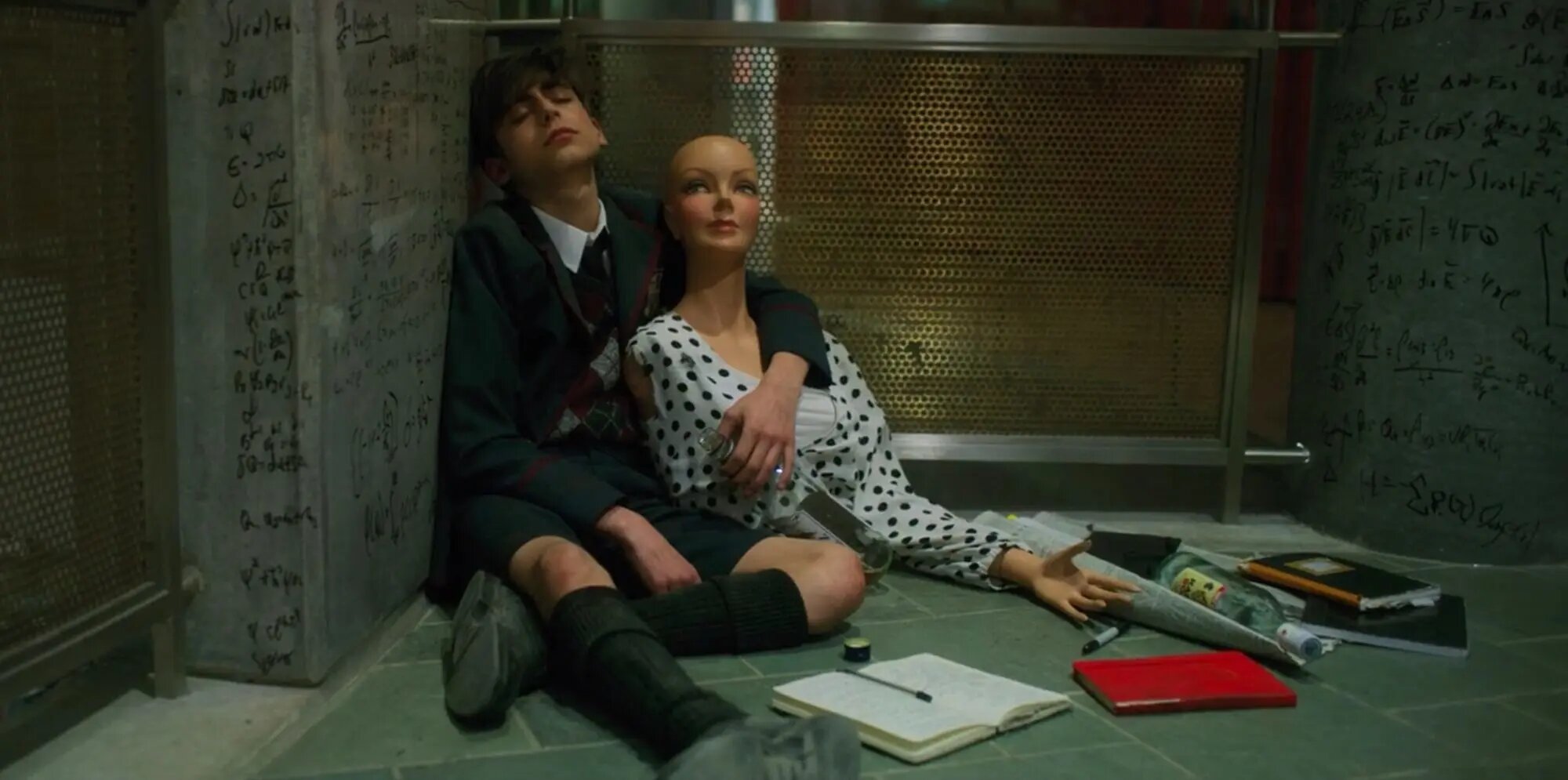
And his love interest, a mannequin onto whom he has projected a personality, almost feels absurd at first, and could otherwise be played for laughs, until the show makes it clear that she is a figment of his imagination — an aspect of his personality projected onto an outside object — concocted in order to cope with decades of isolation.
Doom Patrol And The Struggle With The Past
Doom Patrol plays a similar game. There is a more immediate outside threat in Doom Patrol; while The Umbrella Academy introduces the threat of the Apocalypse early on, Five is the only one really engaging with it for most of the first season, and much of the second as well. Doom Patrol quickly introduces two major external threats to keep the plot moving forward whether the characters like it or not: their missing friend and mentor Niles Caulder and the destructive Mr. Nobody that is holding him prisoner.
But the truth is the titular Doom Patrol is a mess on the best of days; their productivity in the plot is marginal at best. Their behavior is character-driven, and the plot moves around them.
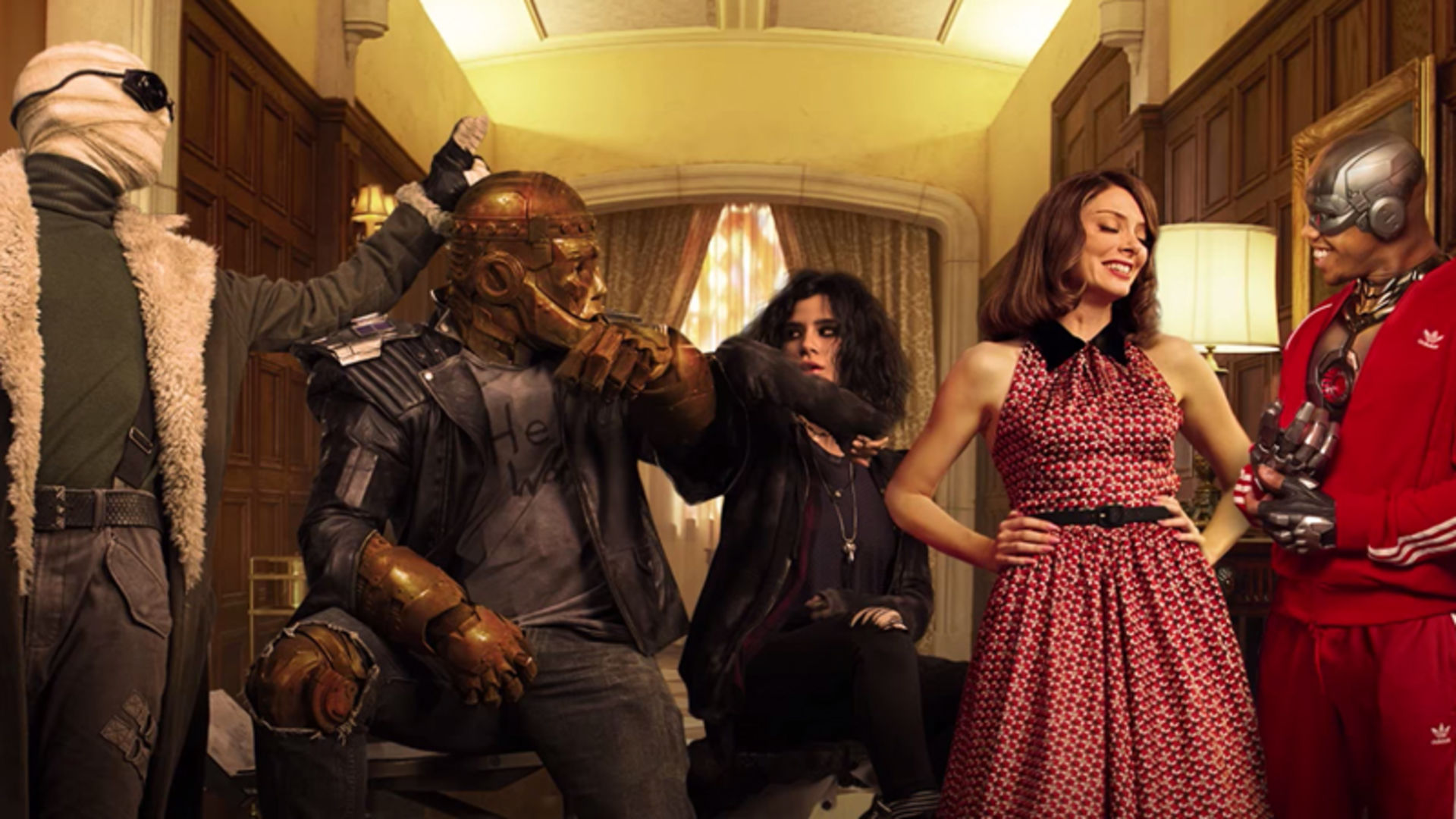
Cliff is haunted by the car accident that landed him in his robot body and killed his wife and daughter, or so he thought. Soon into the first season, he discovers that his daughter survived the original crash and becomes torn between staying out of her life — from which he has been gone for years — and reuniting with her.
Larry, once a closeted gay pilot until an accident caused him to merge with a negative energy being, must deal with his former lover and his failed marriage, as well as the children that he effectively abandoned after his accident. Meanwhile, Rita reckons with mistakes from her time in Hollywood. Victor, or Cyborg, is attempting to unravel his memories of the accident that damaged his body and killed his mother.
And, as a character whose abilities are so deeply and intrinsically tied to her subconscious and to the traumas that lie in her past, many of Jane’s arcs are entirely internal. The show goes so far as to literalize this at one point when Jane retreats into her own head, forcing Cliff to literally enter her mind and interact with her psyche to help her return.
Each lead character in Doom Patrol has something in their past — whether it be memories, mistakes, or people — that haunts and motivates them. The personal goals and interpersonal conflicts that arise out of this sidetrack the team from the main plot more than once, and frequently fundamentally alter the course of the show.
Superhero Families, Found And Forged
But character beats alone aren’t enough. Part of the magic of these shows is the way that these characters’ motivations and traumas interact with each other. Both The Umbrella Academy and Doom Patrol take care to emphasize the importance of family; the narratives aren’t just about the aftereffects of trauma and past mistakes. They’re about finding a place you belong, and the people you belong with.
Becoming A Family (Again) In The Umbrella Academy
In The Umbrella Academy season one, this demonstrates itself in small ways. The characters love each other, but their relationships have largely fallen apart over the years. Allison and Vanya are the clearest example of this; Allison spends much of the first season seeking to repair her relationship with her sister, hoping to build up a connection with Vanya from the ground up despite years of distance and Vanya’s caution.
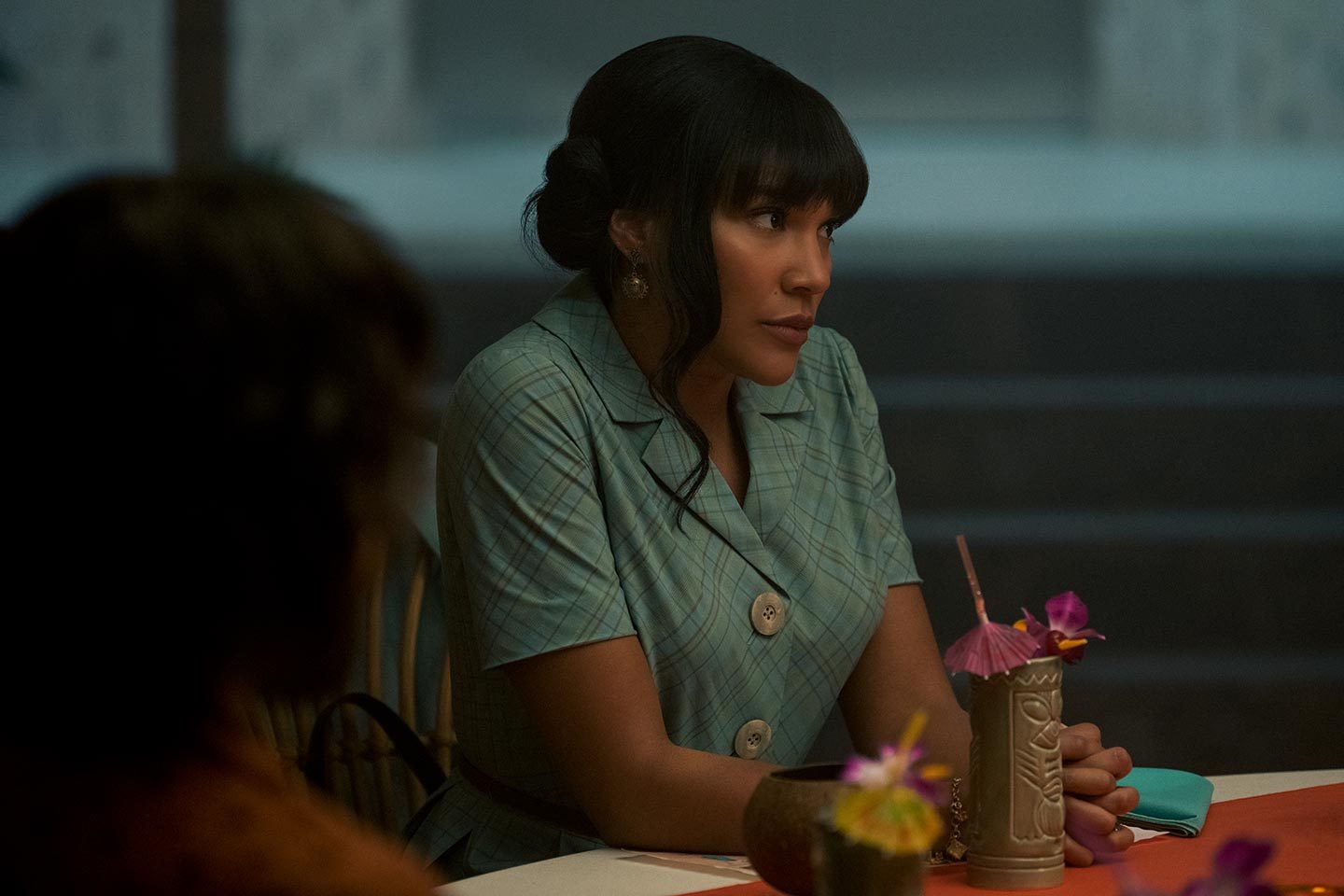
And season two ups the ante. Having time-traveled back to the 1960s, the siblings have ended up separated and alone. Their reunions shine with palpable joy, and the characters no longer seem to resent each other for their father’s actions. Luther gives an amnesiac Vanya a heartfelt apology. Diego, previously Luther’s greatest rival, offers support and commiseration over their father’s manipulations. Even when they wrong each other, such as when Five attempts to keep Diego committed in a mental hospital, they are clearly acting out of a desire to protect each other.
While Five would be an easy character to paint as an aggressive loner — which he frequently is, often going off to deal with issues alone and denigrating the notion that his siblings could possibly help — the show does not shy away from contrasting his harshness with his loyalty and devotion to his family. His interest in keeping them safe is manipulated by an old enemy of his in season two, who promises to help save him and his family in return for him using his experience and skills to assassinate people for her.
When he returns with the job done, pensive and blood-soaked, she mocks his dismal mood. Despite this, he doesn’t rise to her jabs. Instead, he tells her only, “What I did today, I did for my family.”
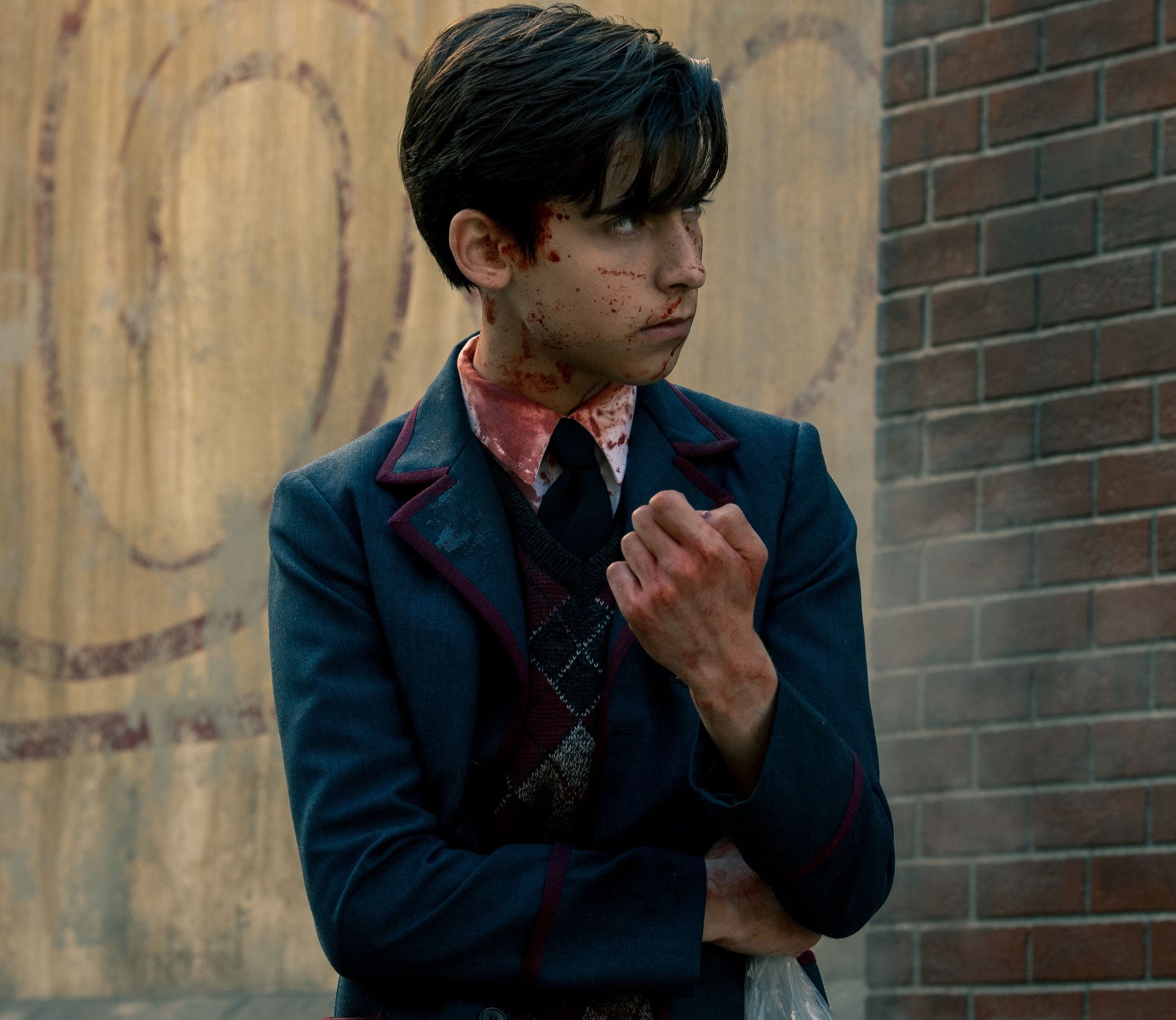
If season one sets up the premise of a broken family reuniting to stop the Apocalypse, season two drives home the notion that their relationships with one another are what make the fight meaningful. Their goal is stopping the Apocalypse, but their journey is about becoming a family again, and their connection is as vital to the show as its quirky surrealism and iconic soundtrack.
This all underlies the emotional climax of the second season, in which it is not (just) violence and strategy that wins the day. Instead, the show uses a portion of its finale to draw a clear distinction between the Hargreeves’ new family dynamic and the relationship that one of the villains has with her mother.
“I know what it’s like to love dangerous people,” Diego says to that antagonist at one point during the finale, attempting to convince her to join their side. “Difference is, they love me back.”
The New And Past Families Of The Doom Patrol
Doom Patrol plays with family dynamics as well. But, in contrast to the relatively straightforward story of a broken family reuniting in The Umbrella Academy, Doom Patrol features a host of complicated relationships. First, there is the new family that the main cast finds in each other at Doom Manor, found and forged through years of hardship. Though the lead characters all feel like outcasts in one way or another, in each other they find solidarity. And though they frequently fight, there is no denying that living in the same house for so long has engendered them with a sense of care for each other.
Larry and Rita are long-time friends, frequently turning to each other for comfort and confiding in one another. Meanwhile, Cliff eventually comes to see Jane as a surrogate daughter, attempting to bring her sandwiches and care for her. This proves to be a point of conflict for them eventually, as Jane pushes against Cliff’s attempts to express concern, clearly — and perhaps rightfully — worried that he only accepts the parts of her that he views as similar to his daughter rather than accepting her as a whole entity, different personalities included.
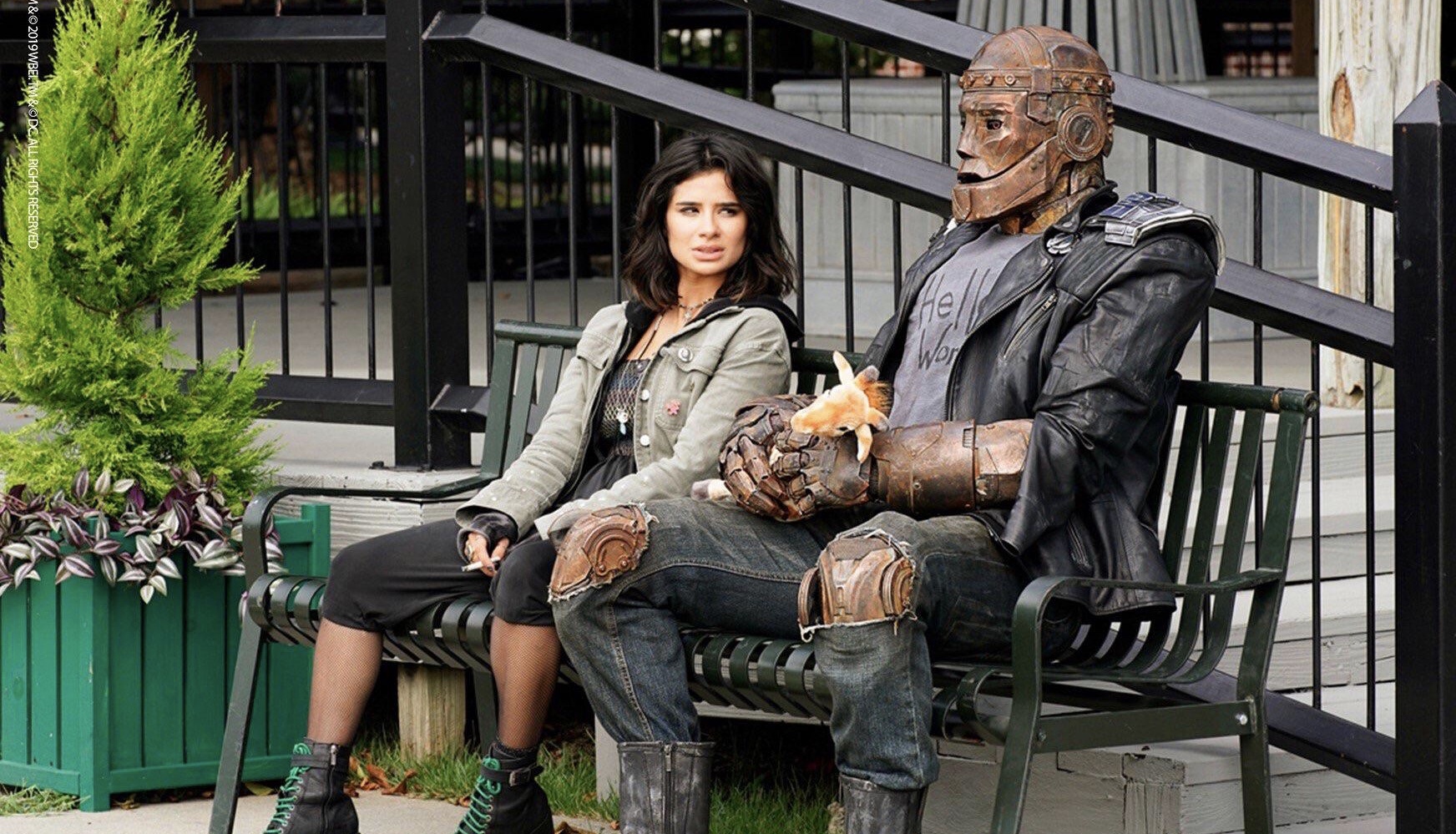
This plays a large role into their journey into Jane’s mind. And though they had quarreled, Cliff does not hesitate to go deep into the Underground to search for Jane, which results in Jane defending Cliff from a version of her father that exists in her mind, destroying him so that she and Cliff can escape the Underground.
And though it is difficult to convey without serious spoilers, the second season of Doom Patrol doubles down on this theme, just as The Umbrella Academy did. It explores not just the team’s relationships with each other, but turns their relationships with the families that they once left behind and are attempting to reconnect with into a key feature of the plot and part of the show’s emotional journey.
Peculiar Problems, Human Struggles
And this, ultimately, is what seals the deal. The Umbrella Academy and Doom Patrol work for a variety of reasons, but part of their magic is the fact that both of the shows feel like they have a beating heart and soul. The worlds of The Umbrella Academy and Doom Patrol are strange and surreal. From fourth-wall breakage to chimpanzee butlers to unaddressed anachronisms, both shows push and pull at the boundaries of reality in a way that is bold even for a genre where gods and aliens and supersoldiers fight side by side to save the world.
But what makes them work is the fact that even in the face of all this oddness, the stories are deeply and uniquely human. They struggle, they suffer, they love their families even when they don’t always do right by them. And what’s more true to the human experience than that?
